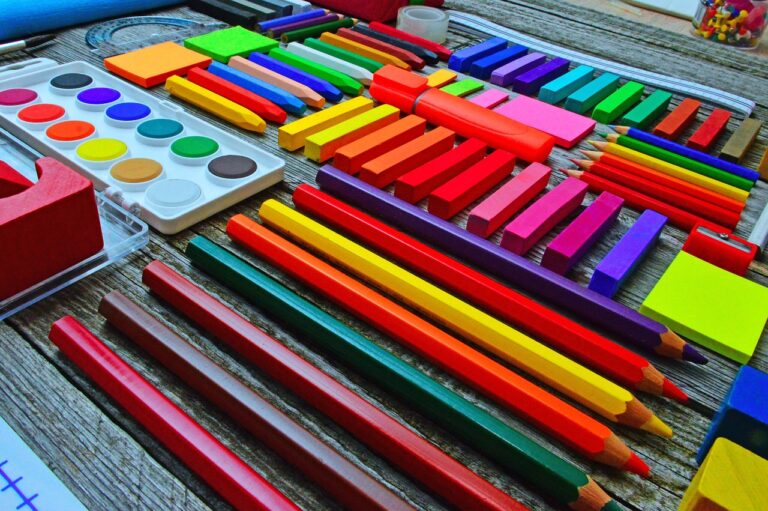Motivating Students: Strategies for Fostering Lifelong Learning
To ensure a smooth and productive learning environment, it is essential to establish clear expectations from the outset. Clear expectations provide students with a roadmap for success and help them understand what is required to excel in their studies. By outlining specific goals and objectives, educators can guide learners towards achieving their full potential.
Effective communication is key when setting expectations. Clearly articulating the standards, guidelines, and responsibilities expected of students fosters accountability and helps minimize confusion. When expectations are transparent and well-defined, both educators and students can work collaboratively towards shared learning goals.
Building a Supportive Learning Environment
Creating a supportive learning environment is essential in facilitating student growth and success. This can be achieved through fostering positive relationships between students and teachers, as well as among peers. Encouraging open communication, active listening, and empathy within the learning space helps to cultivate a supportive atmosphere where students feel valued and understood.
In addition, promoting collaboration and teamwork among students can further enhance the sense of community within the learning environment. Group activities, projects, and discussions provide opportunities for students to work together, share ideas, and learn from one another. By creating a culture of inclusivity and mutual respect, educators can ensure that all students feel safe, supported, and motivated to engage in the learning process.
Encouraging open communication and active listening
Fostering positive relationships between students and teachers
Cultivating empathy within the learning space
Promoting collaboration and teamwork among students
Creating a culture of inclusivity and mutual respect
Providing opportunities for students to work together, share ideas, and learn from one another
Encouraging Curiosity and Exploration
Curiosity is a powerful driving force that propels individuals towards learning and growth. It sparks a sense of wonder and pushes us to explore the unknown, leading to new discoveries and insights. Encouraging curiosity in the learning environment helps foster a sense of inquiry and excitement, motivating individuals to delve deeper into subjects and topics that pique their interest.
Exploration is the key to expanding one’s knowledge and perspective. By encouraging individuals to explore different ideas, perspectives, and possibilities, we open up doors to new opportunities for learning and growth. Through exploration, individuals can push boundaries, challenge assumptions, and gain a deeper understanding of the world around them.
How can setting clear expectations help encourage curiosity and exploration?
Setting clear expectations helps provide a framework for students to understand what is expected of them, allowing them to feel more confident in their explorations and curiosity.
Why is building a supportive learning environment important for encouraging curiosity?
A supportive learning environment fosters a sense of safety and trust, which are essential for students to feel comfortable exploring new ideas and asking questions.
How can teachers encourage curiosity and exploration in the classroom?
Teachers can encourage curiosity and exploration by incorporating hands-on activities, promoting a growth mindset, and providing opportunities for students to pursue their own interests and questions.







